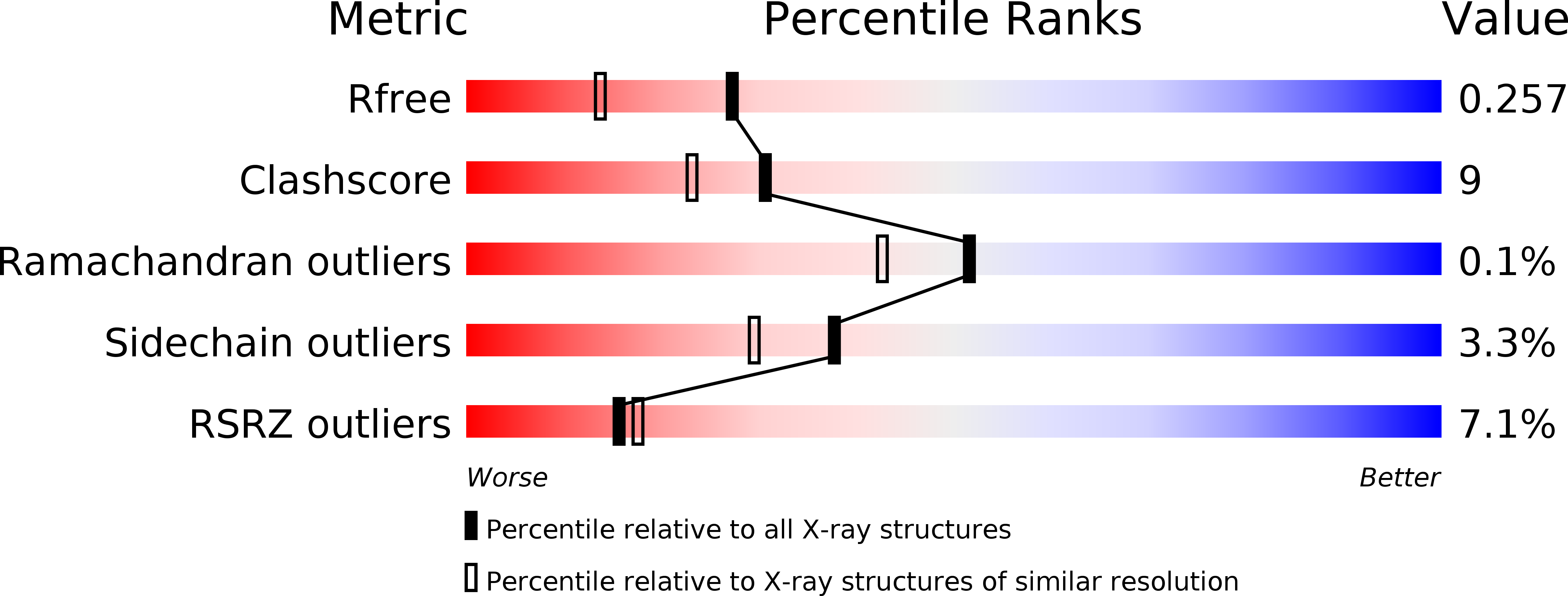
Deposition Date
2007-09-10
Release Date
2008-08-26
Last Version Date
2023-11-01
Entry Detail
Biological Source:
Source Organism:
Methanococcus jannaschii (Taxon ID: 2190)
Host Organism:
Method Details:
Experimental Method:
Resolution:
1.90 Å
R-Value Free:
0.25
R-Value Work:
0.22
R-Value Observed:
0.22
Space Group:
P 1 21 1


